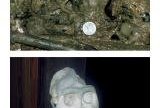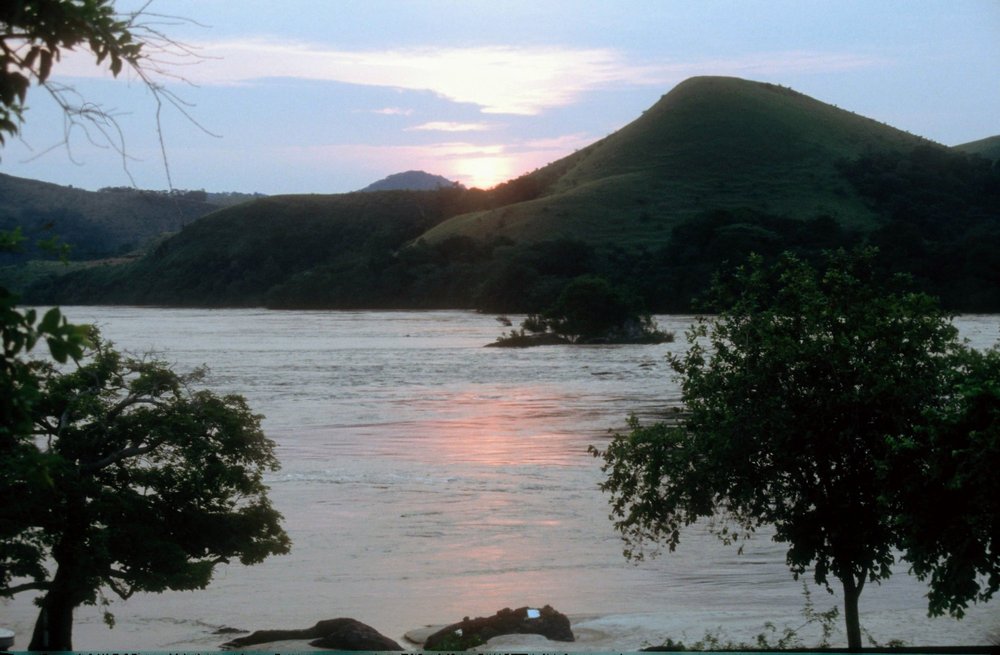Gabon
Lopé-Okanda
The Ecosystem and Relict Cultural Landscape of Lopé-Okanda are rich in plant life and have seen over 400.000 years of almost continuous human settlement.
The area is located where the tropical rainforest meets the savannah ecosystems. It holds a high plant diversity with over 1,550 species recorded. Its archaeological sites show evidence of ironworking and some 1,800 petroglyphs have been found. In the Neolithic and Iron Age, it seems to have been on a major migration route of people from West to Central and Southern Africa.
Community Perspective: “an expensive site to reach/visit and an uncomfortable one to travel in” - Solivagant visited in 2001 and tried to find a western gorilla which proved to be much more difficult than tracking its relatives in Rwanda and Uganda.
Site Info
Official Information
- Full Name
- Ecosystem and Relict Cultural Landscape of Lopé-Okanda (ID: 1147)
- Country
- Gabon
- Status
-
Inscribed 2007
Site history
History of Lopé-Okanda
- 2007: Inscribed
- Inscribed
- 2006: Referred
- Needs global comparative analysis and increased management capacity
- 2005: Referred
- Improved comparative analysis (natural criteria) and potential of a cultural landscape
- WHS Type
- Mixed
- Criteria
- iii
- iv
- ix
- x
Links
- UNESCO
- whc.unesco.org
All Links
UNESCO.org
- whc.unesco.org — whc.unesco.org/
Related Resources
- gabon4you.com — Gabon4You
News Article
- Feb. 17, 2021 whc.unesco.org — Ecomuseum of the Ecosystem and Relict Cultural Landscape of Lopé-Okanda reopens after 10 years
- June 24, 2020 whc.unesco.org — The oldest evidence of human presence in the Congo Basin finally dated
Community Information
- Community Category
- Wildlife habitat: Fauna
- Wildlife habitat: Flora
- Cultural Landscape: Relict
Travel Information
Recent Connections
-
Bantu peoples
The Neolithic culture probably evolved …
-
Recently discovered
-
Holocene
Connections of Lopé-Okanda
- History
-
-
Historical Food Remains
-
Neolithic age
-
Bantu peoples
The Neolithic culture probably evolved during the Bantu expansion.
-
- Ecology
- Damaged
- World Heritage Process
- Human Activity
- WHS on Other Lists
- Timeline
- Science and Technology
News
- whc.unesco.org 02/17/2021
- Ecomuseum of the Ecosystem and Rel…
- whc.unesco.org 06/24/2020
- The oldest evidence of human prese…
Community Reviews
Show full reviews
So, after deferrals in the previous 2 years, Lope finally got inscribed in 2007! As we had visited in 2001 I wish I could help celebrate another addition to my “seen list” by supplying a photo of a Western (or “Lowland”) Gorilla taken in the park. But, despite 2 hard and very hot days of tracking, our efforts were rewarded only by the roar of a male just a few meters away from us in a forest which was so thick that we still couldn’t see him! My photos are only of a gorilla hand print in the forest mud and a skull on the veranda of the Mikondo research centre in the Park!
In Rwanda and Uganda, trips to see the gorillas are advertised as “Tracking” more as an insurance against the possibility of a failure to see rather than as a true description of the experience. We saw them quite easily in both countries. In Rwanda at least, everything is so well organised with trackers out overnight following each of the families that you would have to be very unlucky not to see the creatures and you do not really “track” them – just go to where the trackers have already made contact. Even in Uganda it is more a matter of following a group which is not trying to evade you from the previous night’s location. And, when you reach them, they are so used to their daily “tourist visit” that they continue their lives totally oblivious …
Keep reading 0 comments
